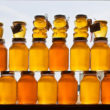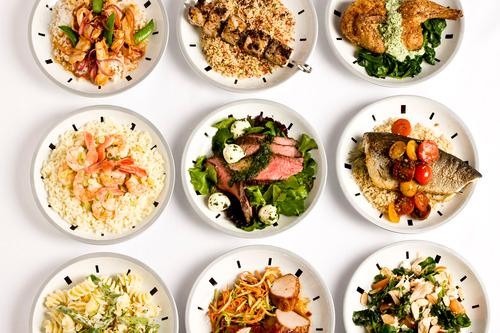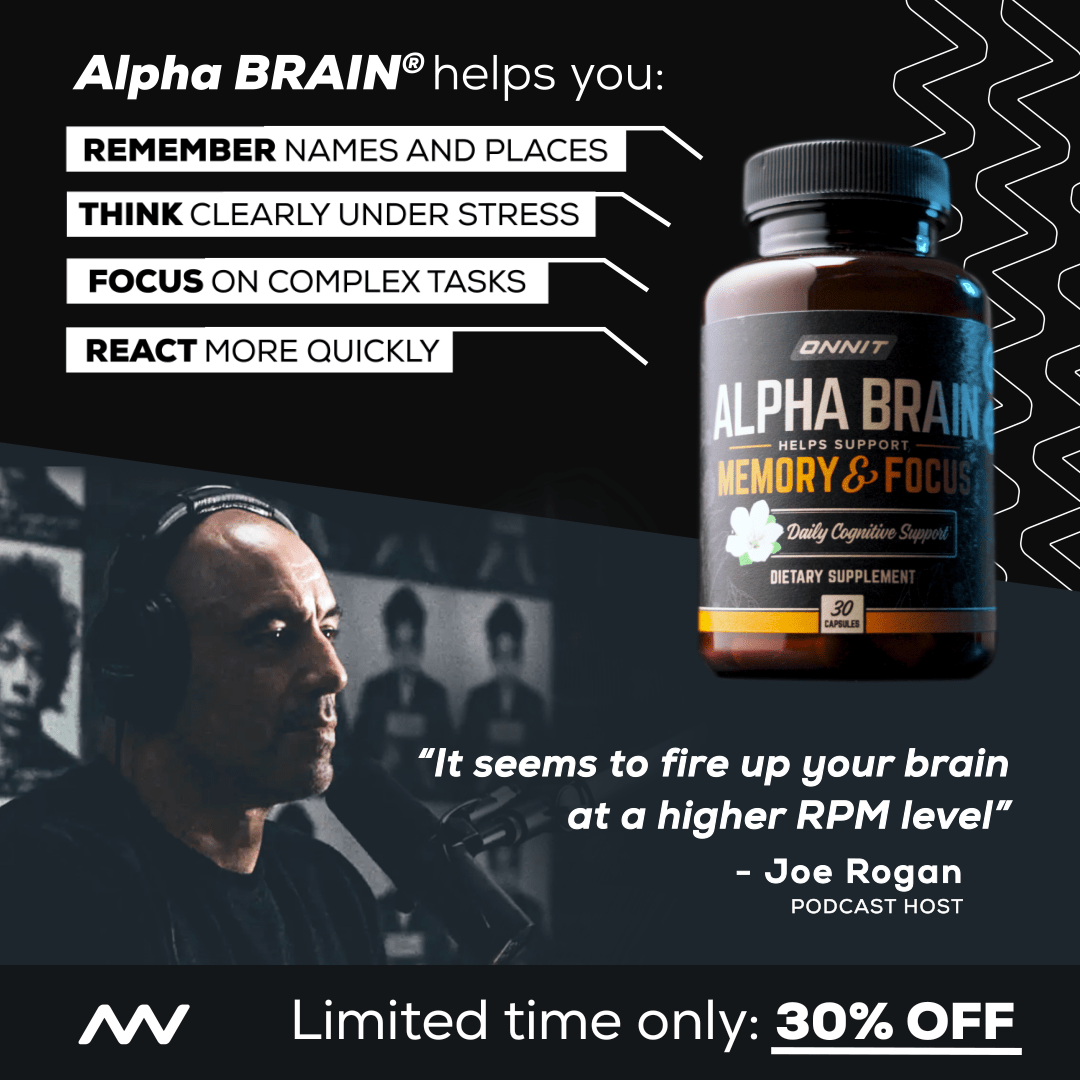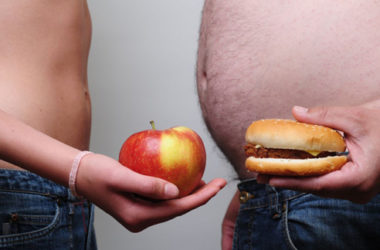It’s easy to lose track of the things that we eat in this fast-paced world filled with fast food and quick meal options. It’s hard to change habits and lifestyles, especially if you’re not really sure of what the problem is. Below are some of the things you should look for in your daily meals that could be signs that your diet could use a little touch up.
Red Flag #1: You’re always hungry.
If you’re always hungry even after you eat, this may indicate that you’re not feeding your body with foods that can hold you and sustain you throughout the day. Contrary to popular belief, fats do help with weight loss by keeping you satiated for longer periods. Protein also has the same effect in addition to providing you with a steady source of energy throughout the day.
You can boost the amount of healthy fat and protein in your diet by opting for fatty fish like salmon, tossing in almonds or cashew nuts with your salad, cooking with olive or coconut oil, taking in eggs and low-fat cheeses and high-fat vegetables like avocados.
Red Flag #2: You’re always craving.
It’s erroneous to think that your food cravings are caused by certain nutrient deficiency in the body. According to Brian Wansink, Director of Cornell University’s Food and Brand Lab, food cravings are triggered by environmental cues such as the smell or sight of enticing foods. This is what happens when you walk by a pastry shop and you get a whiff of the cinnamon rolls by the window. After a while you’ll be craving for those sweet buns.
Habits and culture could also play a role in our food cravings. For instance, if you’re used to having a piece of cookie after lunch or dinner, chances are you’ll be craving for this when you suddenly stop taking it.
The best way to overcome your food cravings, according to Wansink, is to give in to these cravings once in a while. Continually eating the food that you crave only strengthens the habit, while depriving yourself only makes you eat more once you give in. It’s all right to indulge in it, only do it less frequently.
Red Flag #3: You think whole grains like quinoa and brown rice is weird.
Whole grains are healthier sources of carbohydrates than white bread, French fries and even white rice. These can cause gain in weight and it raises risk of heart disease and diabetes. Whole grains, on the other hand, contain vitamins, minerals, fiber and a host of phytonutrients that are all beneficial for the body.
Boost the amount of healthy carbohydrates in your diet by opting for whole grain cereals in the morning. Make sure that it contains about 4g of fiber and less than 8g of sugar per serving. You can also choose whole grain breads for lunch or snacks or whole grains for salads like brown rice and quinoa. There are various ways you can add taste and texture to make whole grains more appetizing.
Red Flag #4: You’re constantly eating from a box or a bag.
Stay away from processed foods as much as possible, particularly if you’re watching your weight. Pre-packaged foods typically contain more fat, sodium and chemical additives to make the food more palatable and prolong its shelf life.
Try your taste buds and culinary skills on one-ingredient foods, such as wild rice, nuts, seeds, broccoli, kale, apples or bananas. You can easily whip a fresh salad or a bowl of whole grains from these items with ingredients you can count with just one hand. They’re quick, easy plus nutritiously filling.
Red Flag #5: You get lost in a food store.
If you’re used to just the frozen meals section of the grocery, you’d better start expanding your options. You’ll find that there are plenty of food choices, such as lean proteins like seafood, chicken, lean meats, and beans and legumes that you can choose from. Pair your healthy protein with healthy fats, such as nuts or seeds and olive oil. Then top it off with a dash of fresh herbs like cilantro or parsley, salt and a squeeze of lemon.













